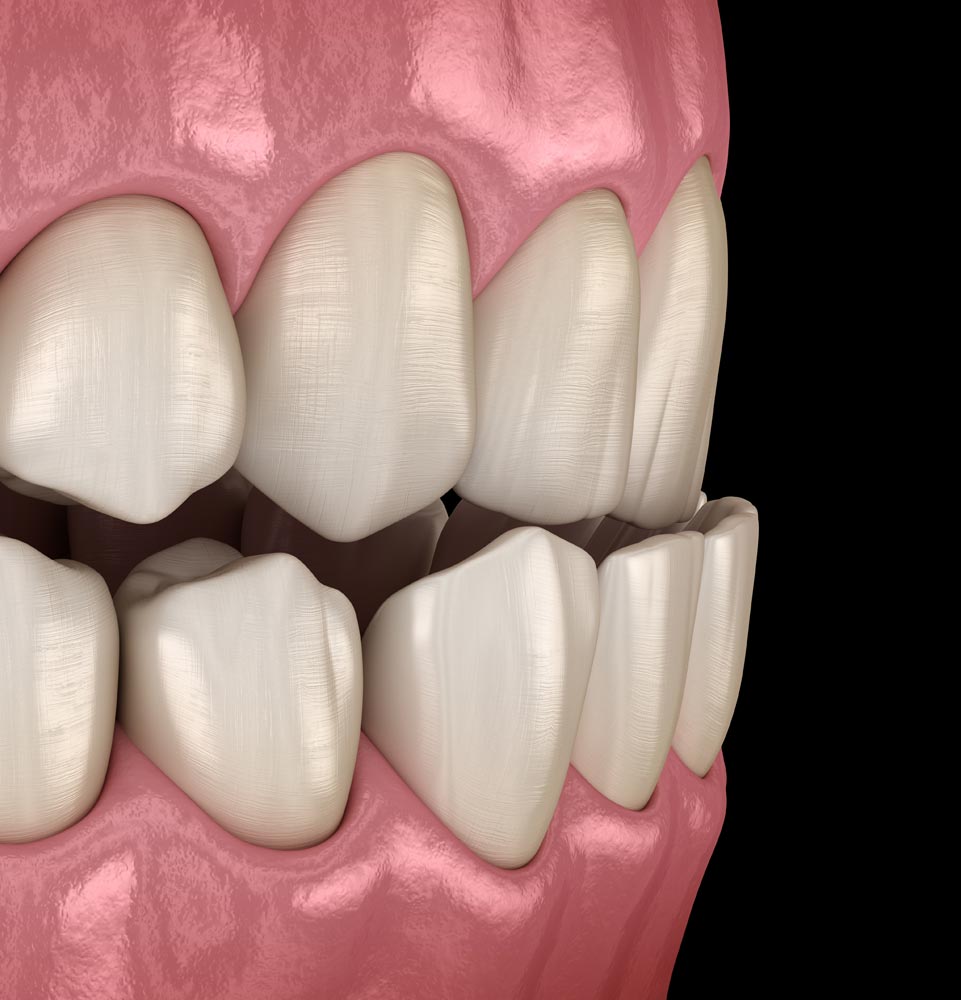


Cracked teeth are the third leading cause of tooth loss, after decay and periodontal disease. A major factor in the rising incidence of cracked teeth is the ongoing increase in the average lifespan of people in the U.S. A 2013 study that analyzed more than 14,300 molars in nearly 2,000 patients showed 66.1% had at least one cracked molar and 46.2% had more than one. In some cases (for example, if you bite on something hard and part of your tooth around a filling breaks off), it will be obvious you have cracked a tooth. In other cases, a crack can be asymptomatic, or it may produce fleeting symptoms you might be attempted to ignore. If you suspect you have cracked a tooth, we recommend scheduling a visit at Advanced Endodontics of New York as soon as possible. Our endodontists specialize in diagnosing and saving cracked teeth in New York, NY, and will customize treatment to remedy the type, location and extent of your tooth crack.
The American Association of Endodontics has identified five types of longitudinal tooth fractures: craze lines, fractured cusps, cracked teeth, split teeth and vertical root fractures.
A fractured cusp is a complete or incomplete fracture of the crown of the tooth that extends toward the gum line. This happens when a piece of the tooth’s chewing surface breaks off, often around a large filling. A fractured cusp rarely damages the pulp and usually doesn’t cause significant pain. If the extent of damage is minimal, a new filling or crown is typically the only treatment needed. But if the damage is more extensive, crown lengthening and/or a root canal procedure may be required.
Years of wear and tear from normal chewing can potentially lead to craze lines. Cracked teeth are often a result of repetitive stress injury, which increases with age. Different sports can be major causes of all types of dental injuries, including cracks and avulsed teeth. Other causes include:


I understand the information disclosed in this form may be subject to re-disclosure and may no longer be protected by HIPAA privacy regulations and the HITECH Act.
